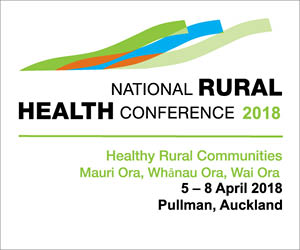The New Zealand Trained Nurses Association followed in 1909, but fair pay for the ‘fair sex’ was kept firmly off the agenda by its founder and first president, the formidable Matron-in-Chief Hester Maclean.
“We must … guard against any element of trades unionism creeping in among us,” she wrote in an editorial in 1909. “A nurse must be a woman working not in the first place for the sake of money-making, but for the good of her fellow creatures to alleviate suffering when she can and help towards health those who need her care.”
The ‘womanly’ nature of nursing saw talk of fair pay sidelined for much of the 20th century. The Registered Nurse Association (the forerunner of today’s New Zealand Nurses Organisation) even withdrew from the Council for Equal Pay and Opportunity in 1957, fearing that the association “might become political”.
Fast forward 60 years and pay equity for the still-female-dominated profession remains an issue. No nurse begrudges the long-underpaid and undervalued care and support workers receiving their historic settlement. But from
1 July the closing – and in some cases closed – pay gap between unregulated healthcare assistants and regulated and accountable degree- and diploma-qualified nurses has opened up a Pandora’s box of questions about a nurse’s true worth.
The proposed new pay equity framework states that a claim has merit if there are reasonable grounds to believe the work has been historically undervalued because it uses “skills or qualities” generally associated with women. With the tabling of a pay equity claim for district health board nurses, Hester MacLean’s historic words may help to prove just that.
Fiona Cassie, Editor
[email protected]
www.nursingreview.co.nz
NB: This edition’s 60-minute PD learning activity (p.13) looks at the impact of skin tears on patients – particularly the elderly – and how skin tears reflect the quality of care provided.





















